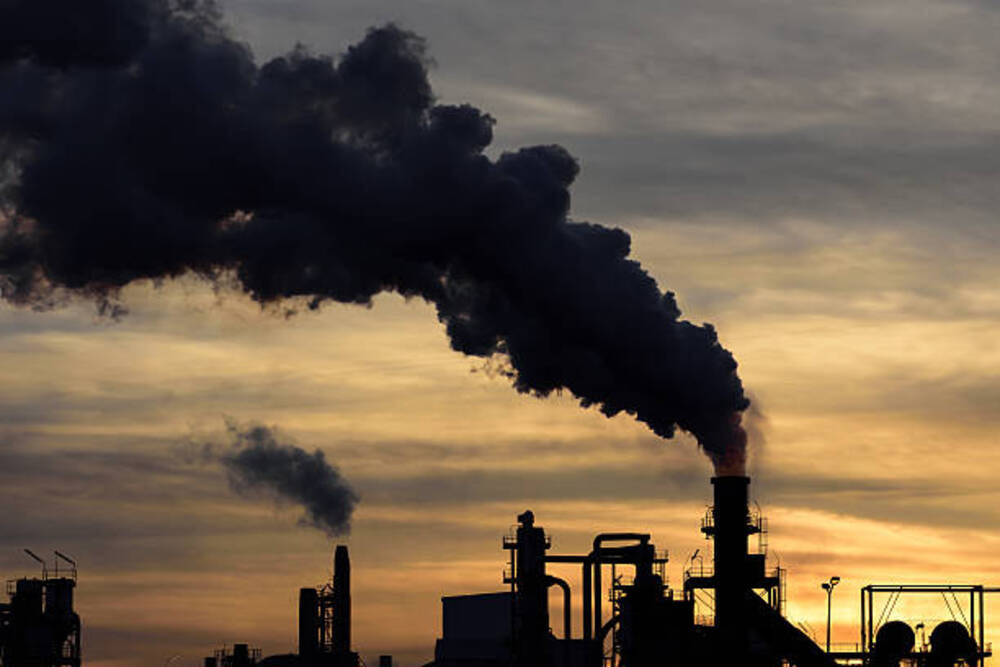According to projections released this week by research organization Rhodium, greenhouse gas emissions rose slightly from the previous year in 2022 by 1.3%. It still keeps the U.S. just 15.5% below 2005 levels and off track to reach its global commitment to decrease emissions 50-52% by 2030.
The group’s early projections show that emissions will climb less in 2022 than they did in 2021. A year before they recovered 6.5% after falling 10.6% in the first year of the coronavirus pandemic in 2020.
According to the analysis, unlike in 2021, the economic growth rate exceeded the rate of the emissions recovery, which resulted in a decrease in the economy’s carbon intensity.
Emissions decreased due to renewables and increased due to heating
The research estimates the cause of this was decreasing in emissions in the power sector as gas and renewable energy replaced coal. But in 2022, building emissions climbed by 6% as a result of higher heating demand during below-average winter temperatures.
Overall, the connection between greenhouse gas emissions and below-average winter temperatures is complex and depends on a variety of factors, including regional and local weather patterns, as well as natural climate variability. However, it is clear that increasing greenhouse gas concentrations in the atmosphere can contribute to changes in temperature patterns, including the likelihood of more extreme cold temperatures in certain regions.
IRA might cause GHG to decline
If the U.S. government expedites the implementation of the Inflation Reduction Act (IRA), which has unlocked over $300 million in climate-related investment and tax incentives for electric cars and renewable energy, the United States may start to witness emission reductions in 2023, according to Rhodium.
Research published last year shows the Inflation Reduction Act would cause emissions to decline by 31% to 44% from 2005 levels by 2030.
The report noted that even with the IRA, further strong policies are required to completely bridge the gap to 50-52% by 2030 and that federal agencies must propose robust emission-reduction rules.
What are GHG emissions, and what is the cause?
Greenhouse gas emissions, primarily carbon dioxide, have been on the rise in the United States and around the world for several decades. These emissions trap heat in the atmosphere, leading to an overall warming of the planet, a phenomenon known as global warming. One of the impacts of global warming is changes in temperature patterns, including increased variability and extremes.
That is why the world experienced the second-hottest year in 2022.
In terms of specific impacts on winter temperatures, while some regions may experience milder winters, many others are likely to experience more extremely cold temperatures. This is because warming can disrupt the polar vortex, a large area of low pressure and cold air surrounding the earth’s poles. When the polar vortex is disrupted, it can cause cold Arctic air to spill out into mid-latitude regions, leading to episodes of extremely cold weather. Additionally, warmer temperatures can lead to a decrease in snow and ice cover, which can affect temperature patterns and weather systems.

